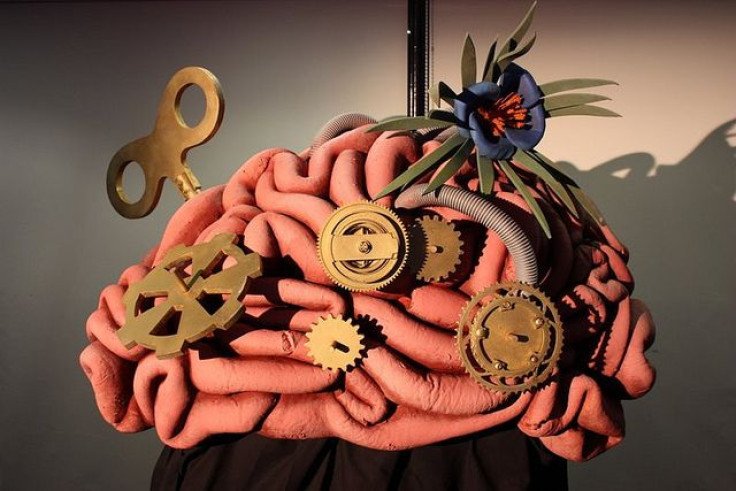Crowdsourcing Brain Data May Be Key To Unlocking The Secrets Of Gray Matter, Researchers Say

Brains are the most interesting organs in our body. They control pretty much everything, from the way your hair grows, to how you speak, to how much information you can memorize, to the dreams you have at night. The fleshy, gray wad that is incased in our skulls has been the subject of much debate since probably the beginning of time. There is still plenty we don’t know about it, but we’re slowly but surely unlocking its secrets.
Neuroscientists in Toronto have discovered that crowdsourcing brain data with hundreds of adults in a short period of time could be the key to unlocking more information about the brain. In a new article published in PLOS ONE titled “My Virtual Dream: Collective Neurofeedback in an Immersive Art Environment,” more than 500 adults over the age of 18 participated in an experiment at the 2013 Scotiabank Nuit Blanche arts event. Researchers gave each participant a Muse™ wireless electroencephalography (EEG) headband, which monitored their collective neurofeedback experience inside a 60-foot geodesic dome. The group's collective EEG signals triggered a specific catalogue of artistic imagery displayed on the dome's 360-degree interior, along with spontaneous musical interpretation by live musicians on stage.
"In traditional lab settings, the environment is so controlled that you can lose some of the fine points of real-time brain activity that occur in a social life setting," said Dr. Kovacevic, creative producer of My Virtual Dream and program manager of the Centre for Integrative Brain Dynamics at Baycrest's Rotman Research Institute. “What we've done is taken the lab to the public.”
A total of 523 adults participated in the study, with ages ranging from 18 to 89. The participants sat in a semicircle around a stage in four groups of five. They then played a game where they were required to change their mental states of relaxation and concentration. The study only lasted six-and-a-half minutes for each group, but once the night ended, researchers were delighted by the results. Subtle brain activity changes were happening within one minute of beginning the game, the speed of which definitely surprised those running the tests.
"These results really open up a whole new domain of neuroscience study that actively engages the public to advance our understanding of the brain," said Dr. Randy McIntosh, director of the Rotman Research Institute and vice-president of Research at Baycrest.
For those of you who missed out on attending the event, there are plans to bring the My Virtual Dream experiment to other cities around the world.
Source: Kovacevic N, et al. PLOS ONE. 2015.



























